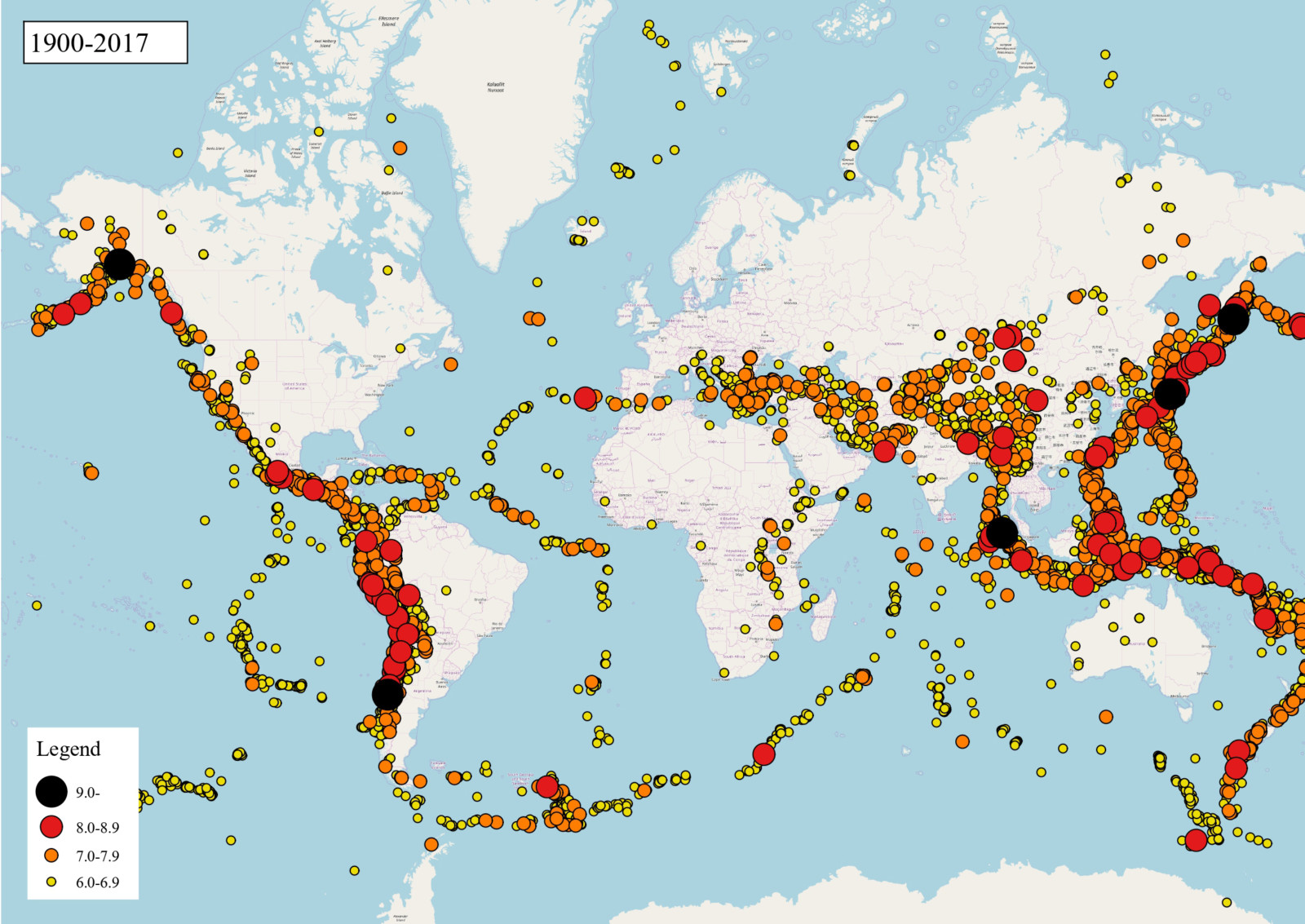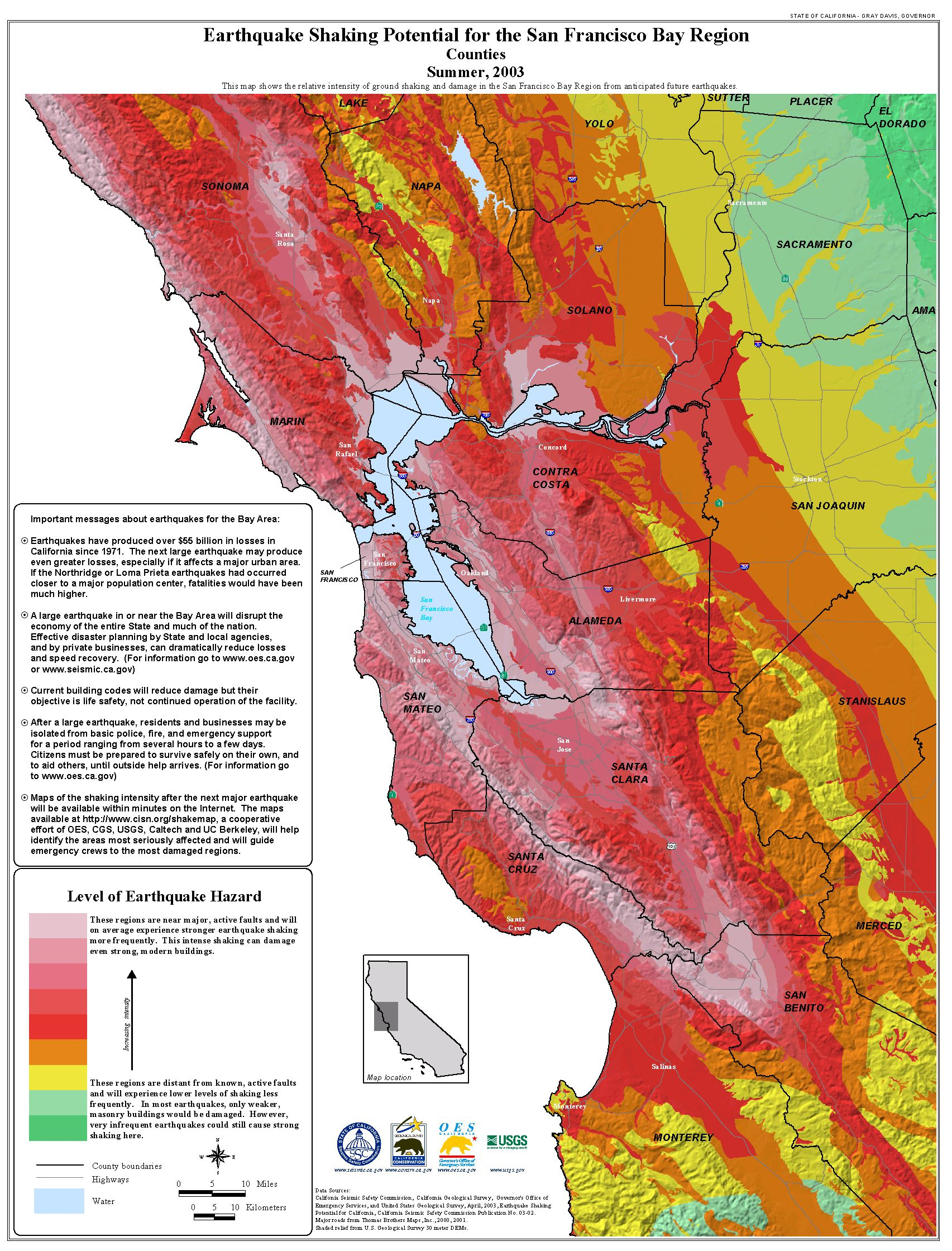In the aftermath of a devastating earthquake, getting timely and accurate information is critical. "Real-Time Earthquake Tracker: Monitor Global Seismic Activity" provides just that, delivering up-to-the-minute data on earthquakes worldwide.
Editor's Note: "Real-Time Earthquake Tracker: Monitor Global Seismic Activity" has been published today to provide a comprehensive guide to monitoring global seismic activity. Given the increasing frequency and severity of earthquakes, this resource is essential for anyone interested in staying informed about this critical issue.
Through extensive analysis and research, we've compiled this guide to help you understand the importance and benefits of "Real-Time Earthquake Tracker: Monitor Global Seismic Activity".
Key Differences:
| Feature | "Real-Time Earthquake Tracker: Monitor Global Seismic Activity" | Other Earthquake Monitoring Tools |
|---|---|---|
| Real-time data | Yes | No |
| Global coverage | Yes | Limited |
| Detailed information | Yes | Basic |
| Interactive maps | Yes | No |
| Historical data | Yes | Limited or unavailable |
:
FAQ
This FAQ section aims to provide comprehensive answers to common questions regarding the Real-Time Earthquake Tracker. Explore this section to enhance your understanding of the tool and its capabilities.
Question 1: What is the purpose of the Real-Time Earthquake Tracker?
Answer: The Real-Time Earthquake Tracker is a powerful tool that monitors global seismic activity, providing real-time data on earthquakes worldwide. It aims to keep individuals and organizations informed about potential seismic hazards, enabling them to make informed decisions and take appropriate precautions.
Question 2: How accurate is the information provided by the Real-Time Earthquake Tracker?
Answer: The Real-Time Earthquake Tracker leverages advanced seismic analysis algorithms and collaborates with reputable scientific institutions to ensure the accuracy and reliability of the data it provides. However, it is important to note that earthquake science is inherently characterized by some level of uncertainty, and the tracker's information should be interpreted accordingly.
By utilizing the Real-Time Earthquake Tracker, individuals and organizations can stay abreast of seismic activity worldwide, contributing to informed decision-making and enhanced safety measures.
Tips
For reliable up-to-date information on global seismic activity, Real-Time Earthquake Tracker: Monitor Global Seismic Activity is an invaluable resource. Utilize these tips to optimize use of this platform.
Tip 1: Customize Tracking Parameters
Refine the platform's tracking capabilities by adjusting filter settings based on specific interests, such as geographic regions, magnitude thresholds, or timeframes. This focused approach ensures relevant and timely updates.
Tip 2: Interpret Magnitude and Intensity Scales
Gain a clear understanding of the Richter magnitude scale and Modified Mercalli Intensity scale to accurately interpret the severity and potential impact of reported earthquakes.
Tip 3: Utilize the Interactive Map Feature
Engage with the interactive map functionality to visualize earthquake epicenters, track geographic patterns, and identify areas at risk or experiencing seismic activity in real-time.
Tip 4: Access Historical Data and Archive
Explore the comprehensive archive of historical earthquake data to analyze past events, observe trends, and contribute to ongoing research and understanding of seismic patterns.
Tip 5: Stay Informed with Social Media Updates
Follow the platform's social media channels for concise and up-to-date information, including breaking news on significant earthquake events and ongoing seismic activity.
By incorporating these tips, individuals can effectively utilize the Real-Time Earthquake Tracker: Monitor Global Seismic Activity platform to enhance their understanding of seismic activity and make informed decisions during earthquake-related events.
Real-Time Earthquake Tracker: Monitor Global Seismic Activity
Real-time earthquake trackers are essential tools for monitoring seismic activity and assessing potential risks. These systems provide critical information about the location, magnitude, and timing of seismic events, enabling rapid response and mitigation efforts. Here are six key aspects to consider when evaluating a real-time earthquake tracker:

Earthquake activity in the Philippines within the last century. : r/MapPorn - Source www.reddit.com
- Accuracy: The accuracy of an earthquake tracker determines the reliability of its data. Factors affecting accuracy include sensor sensitivity, data processing algorithms, and calibration methods.
- Timeliness: The timeliness of a tracker refers to the speed at which it detects and reports seismic events. Real-time systems aim to provide updates within seconds or minutes of an earthquake's occurrence.
- Coverage: The coverage of a tracker indicates the geographic area it monitors. Global trackers provide worldwide coverage, while regional trackers focus on specific areas of interest.
- Data Format: The data format of a tracker influences its accessibility and usability. Common formats include text files, XML, and web services.
- User Interface: The user interface of a tracker determines how easily users can access and interpret the data. Interactive maps, graphs, and filtering options enhance the user experience.
- Integration: The integration of a tracker with other systems, such as alert systems or scientific research tools, expands its functionality and impact.
These aspects are interconnected and play a vital role in the effectiveness of a real-time earthquake tracker. Accurate and timely data allows for prompt and informed decision-making, while comprehensive coverage and user-friendly interfaces facilitate widespread use and accessibility. Integration with other systems enables automated responses and scientific analysis, contributing to a holistic approach to earthquake monitoring and risk reduction.

Earthquake Map Worldwide - Source mungfali.com
Real-Time Earthquake Tracker: Monitor Global Seismic Activity
The Real-Time Earthquake Tracker is a valuable tool for monitoring global seismic activity, providing up-to-date information on the occurrence and magnitude of earthquakes worldwide. The tracker harnesses advanced technologies, such as data integration and real-time data analysis, to gather and process seismic data from a network of global seismic stations. This enables the tracker to deliver precise and timely information, allowing individuals and organizations to stay informed about potential seismic risks. The tracker also includes additional features such as customizable alerts and detailed earthquake history, making it an indispensable resource for disaster preparedness and response.

California Earthquake Zones Map - Source mungfali.com
The tracker's real-time data provides vital information for emergency management, scientific research, and public awareness. It enables immediate response to seismic events, allowing authorities to swiftly deploy aid and resources to affected areas. Scientists and researchers can use the data to study the behavior of earthquakes and improve understanding of their causes and effects. Additionally, the tracker promotes public awareness about seismic risks and helps individuals make informed decisions regarding preparedness and safety measures.
The Real-Time Earthquake Tracker is a critical component of modern earthquake monitoring and disaster management practices. Its accessibility and accuracy make it a valuable tool for a wide range of stakeholders involved in earthquake-related activities, including disaster response teams, scientific communities, government agencies, and the general public.
Key Insights:
| Feature | Significance |
|---|---|
| Real-time earthquake monitoring | Provides up-to-date information for immediate response and decision-making. |
| Data integration and analysis | Combines data from multiple sources for comprehensive and reliable information. |
| Customizable alerts | Allows users to tailor notifications based on specific parameters, ensuring timely and relevant information. |
| Earthquake history | Facilitates scientific research and provides historical context for seismic activity. |
| Public awareness and preparedness | Empowers individuals and communities to understand seismic risks and take appropriate safety measures. |